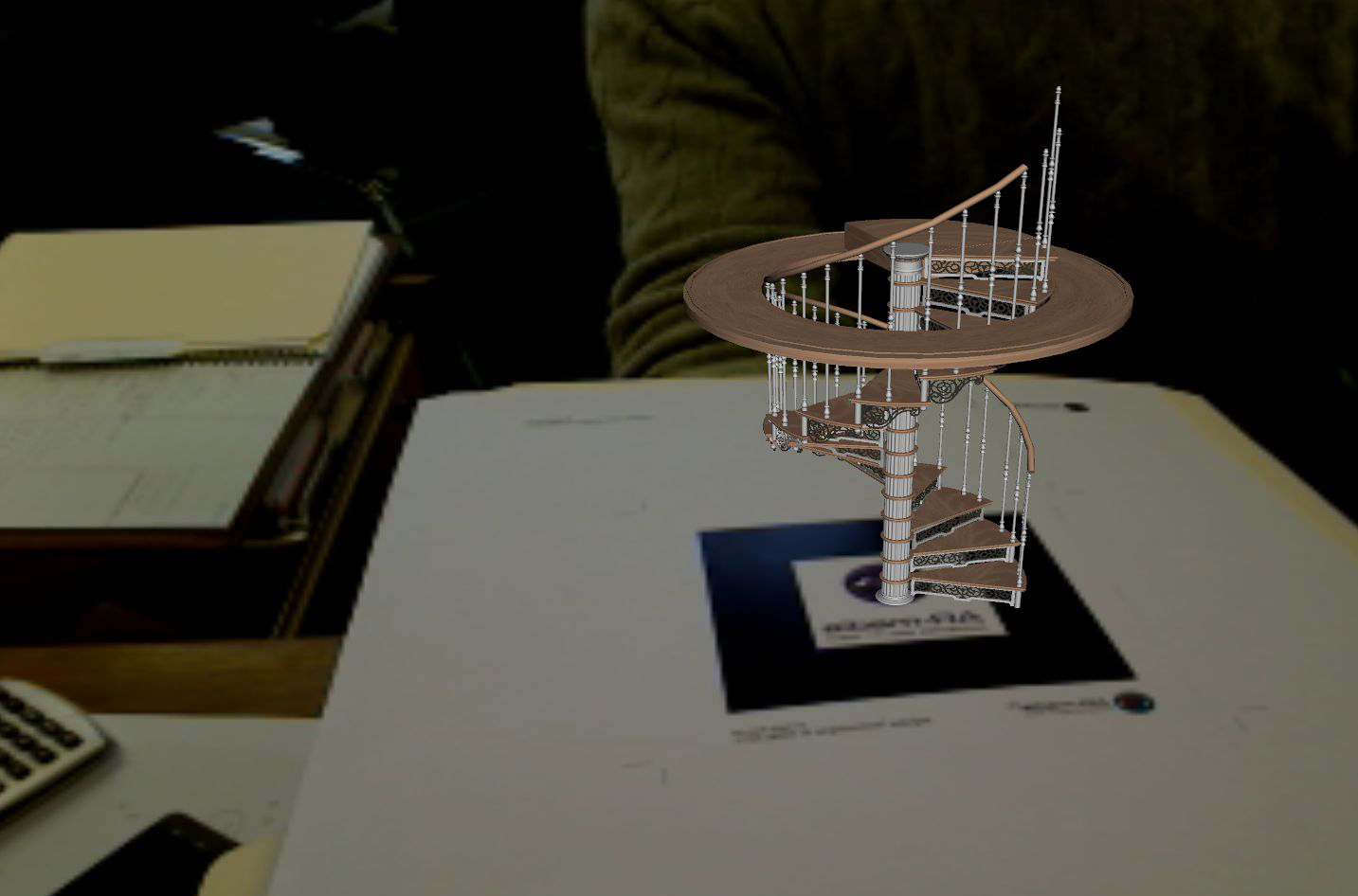For those of you that missed the last two posts here’s fair warning that this is part 3 of our 3 part series on deliverables. In case you want to catch up you can read Part 1 or Part 2 first. We’ll wait…
So, here we are at one of the most interesting deliverable types in the industry: Augmented Reality (AR). In fact, this is interesting enough to have become an industry unto itself! This is great news for all of us creating virtual environments through 3D imaging hardware and software of all kinds. Because AR is taking off as its own industry we are seeing similar advances and cost reductions as the video game industry. More users equals lower cost for those users. Add to this the fact that many AR platforms are using off-the-shelf hardware such as smartphones, webcams, and tablet computers and we have the makings of some very powerful viewing opportunities without six figure investments in a viewing system.
To my great disappointment, I have not yet found an AR system that allows for the import and display of point clouds. As a result, we are once again forced to create models. Many of the technical details required to get modeled objects into an AR platform are the same as those that we discussed last week for video games. The key is to reduce the model size as much as possible for faster rendering and data transfer (especially if it is moving over a cellular network). Additionally, you will find that some AR applications require the models to be encoded in a proprietary format. This is typically accomplished through a Java applet or BAT file. It’s rarely difficult, but be prepared to spend a fair amount of time reading through the Wiki associated with the AR platform in question.
Let’s look at a few of the platforms currently available.
- LAYAR: Layar is an augmented reality browser that allows smartphone users (iOS or Android) to load Layar layers and view them through the camera on the smartphone. Layar also has a player that can be used to insert AR media into other applications. For those of you that caught my AR presentationat SPAR2011, you may remember that the biggest complaint was that the placement of objects was relegated to the accuracy of the phone’s GPS positioning ability. However, since then Layar has introduced Layar Vision. Vision is essentially a photo recognition version of Layar. You upload an image and associate it with a model so that viewers of the image automatically gain access to the model, hotlinks, metadata, etc. Best of all, unless you are getting more than 10,000 matches per month the service is free!
- AR-media: Inglobe technologies makes the AR-media platform for developing AR applications. My experience has been with the plug-ins that they make for multiple applications including 3DS Max, Google SketchUp, Nemetschek Scia Engineer & Vectorworks. For this example I’ll refer to the 3DS plug-in. AR-media provides a PDF of a marker that you print out. You load a model in 3DS and launch the AR-media plug-in, which turns on your webcam. When the camera sees the printed marker it places the model on the marker in the camera view on your monitor. Here’s a video of me using it, forclarity. The cool thing about this is that animation in the 3DS file is included in the AR view. The full-service application allows for stand-alone viewing of AR content without having to have the modeling software that was used to author the model.
- Total Immersion: This platform has both a Flash plug-in and their flagship D’FusionSuite. The suite allows for much more control of AR media and export to multiple end user devices. While I have less personal experience with this platform, I can say that they are set up for more general use than the previous platforms. Compared with the other platforms, D’Fusion is similar to a video editing suite in that you make the scene and then render it out for various end user devices.
- Metaio: I have not used any of Metaio’s authoring software, but I have used their mobile platform, “Junaio.” My understanding is that Metaio has a larger following in the advertising industry and is the format of choice for some large advertising firms. However, their Engineer platform is of great interest to me as the model sizes are much larger than most AR platforms support.
Please understand that this short list is, by no means, complete. There are many more applications and the development is faster and more varied than the 3D imaging market! It makes it difficult to keep up but very exciting at the same time. I encourage you to keep up with AR development even if you are not producing AR deliverables at the moment. There is no more natural an environment for accessing data via a NUI than the real world that we live in everyday.






